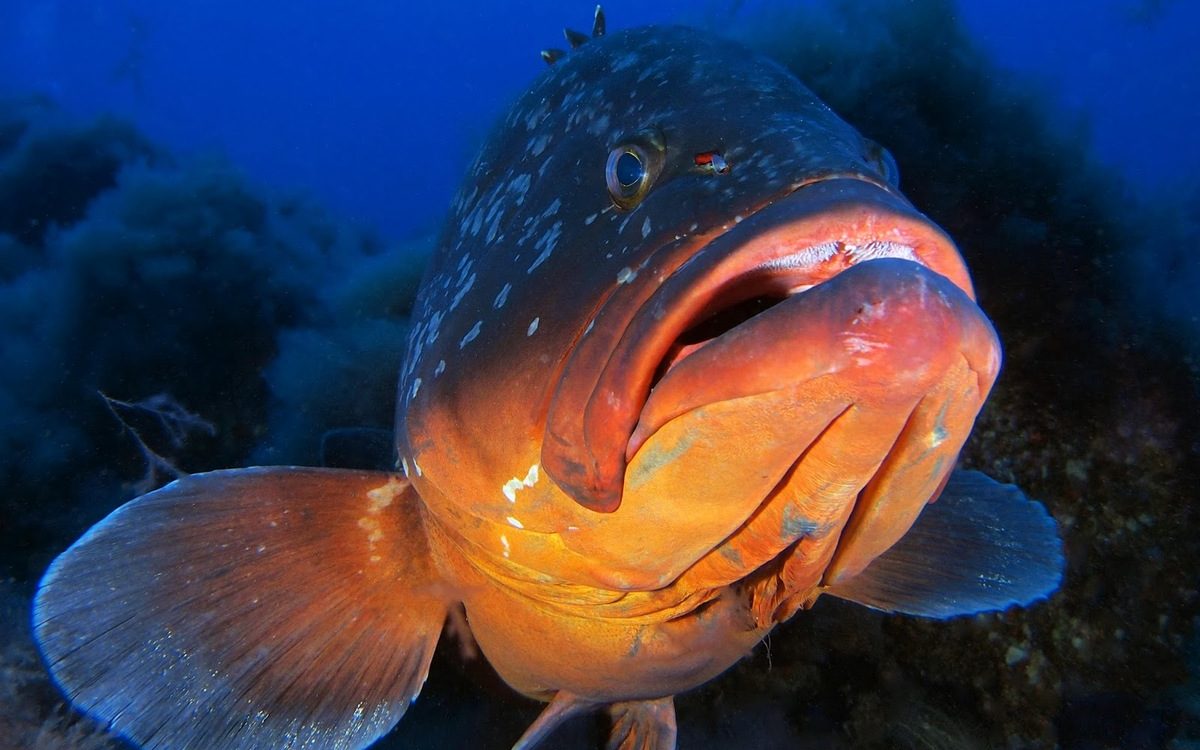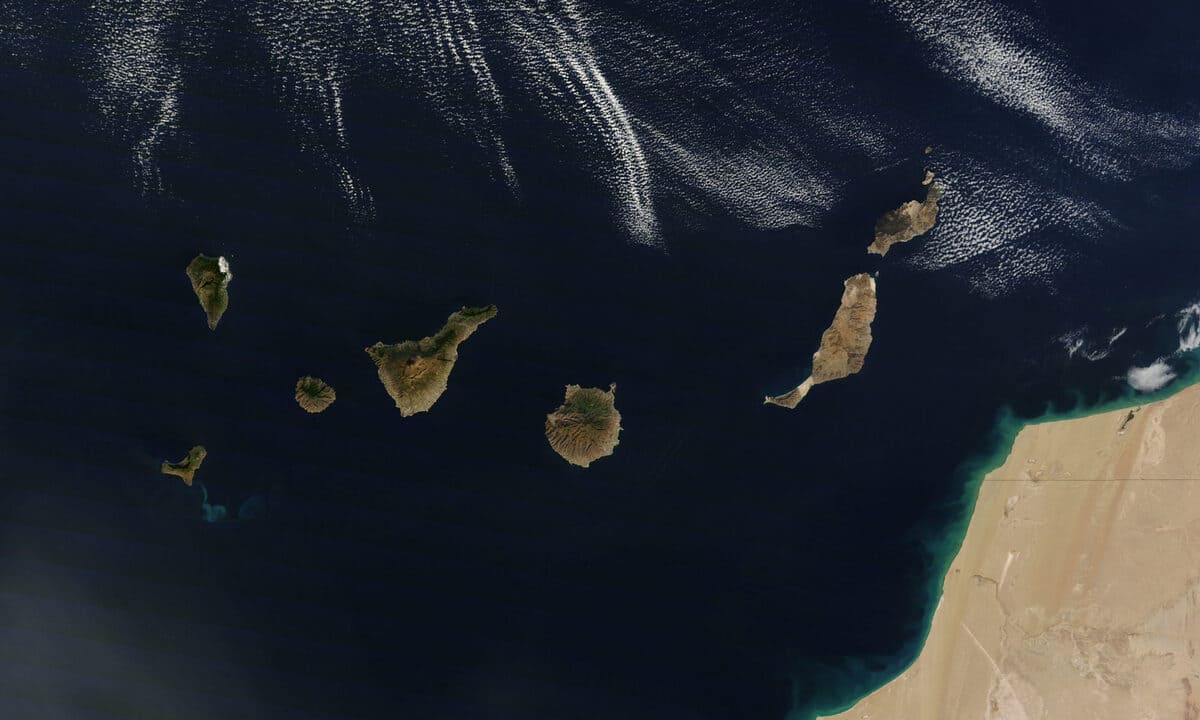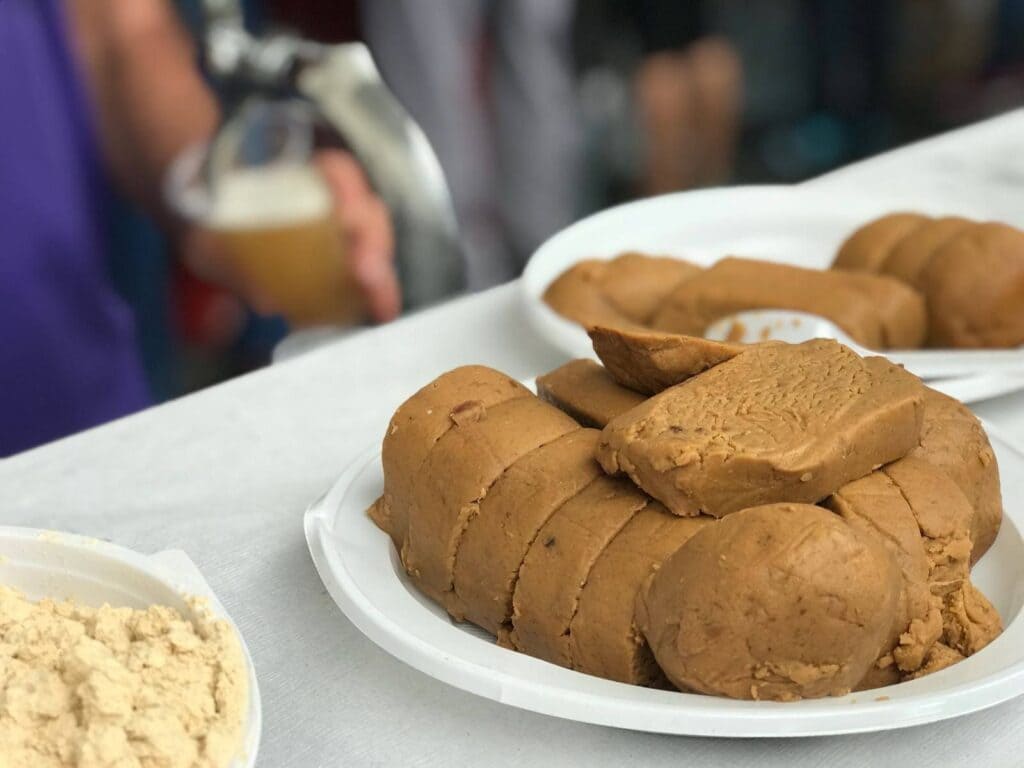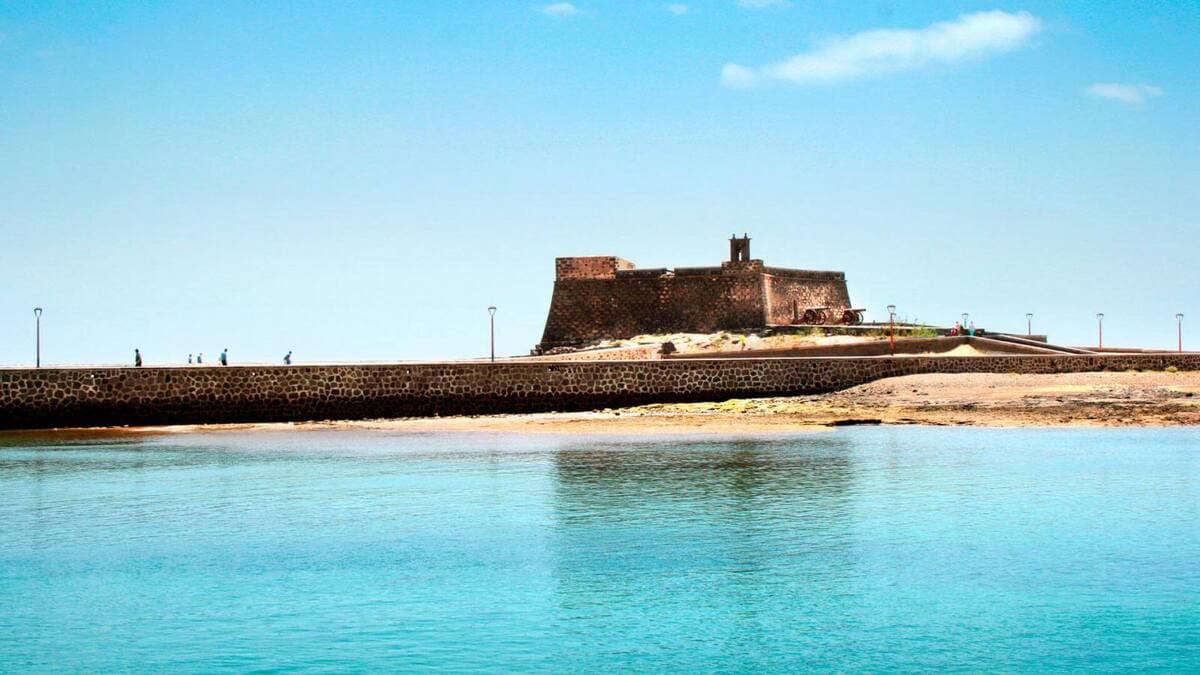Jameos del Agua is a natural space located in the municipality of Haría, in the north of the island of Lanzarote. It is managed by the Cabildo of Lanzarote and is considered the first Art, Culture and Tourism Centre created by the artist César Manrique in 1968.
Geological structure
For thousands of years, caves have been a place for humans to take refuge from the dangers of the outside world. The word "jameo" has Aboriginal origins and refers to a volcanic cave that provides shelter. A jameo is a hole produced as a result of the collapse or sinking of the roof or dome of a volcanic tube. Lanzarote is an island with several formations of this type, but the Jameos del Agua have always been one of the most important caves on the island and also one of the most magical.
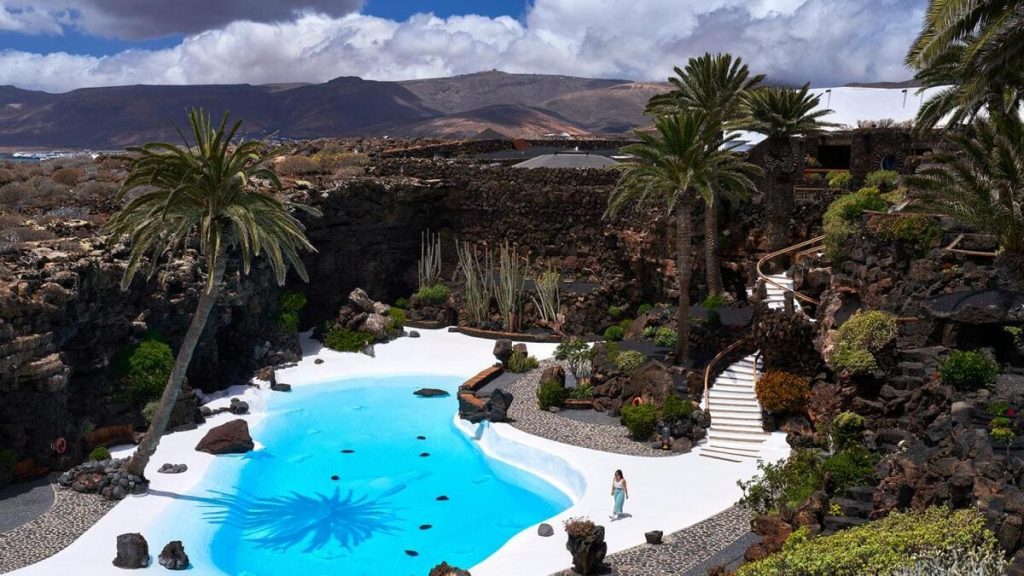
The Jameos del Agua, as well as the Cave of the Greens are located inside the volcanic tunnel produced by the eruption of the Corona Volcano, whose last eruption dates back some 3 000 years. The tunnel has a known length of 6 km, of which at least 1.5 km run under the sea surface, the latter section being called the Atlantis Tunnel. It is unusual for such tunnels to be so long, in fact, this is one of the longest in the world.
The Jameos del Agua are located in the section of the tunnel closest to the coast and are made up of three jameos or openings in the ground: the Jameo Chico, through which access to the interior is gained; the Jameo Grande; and a third, known as the Jameo de la Cazuela.
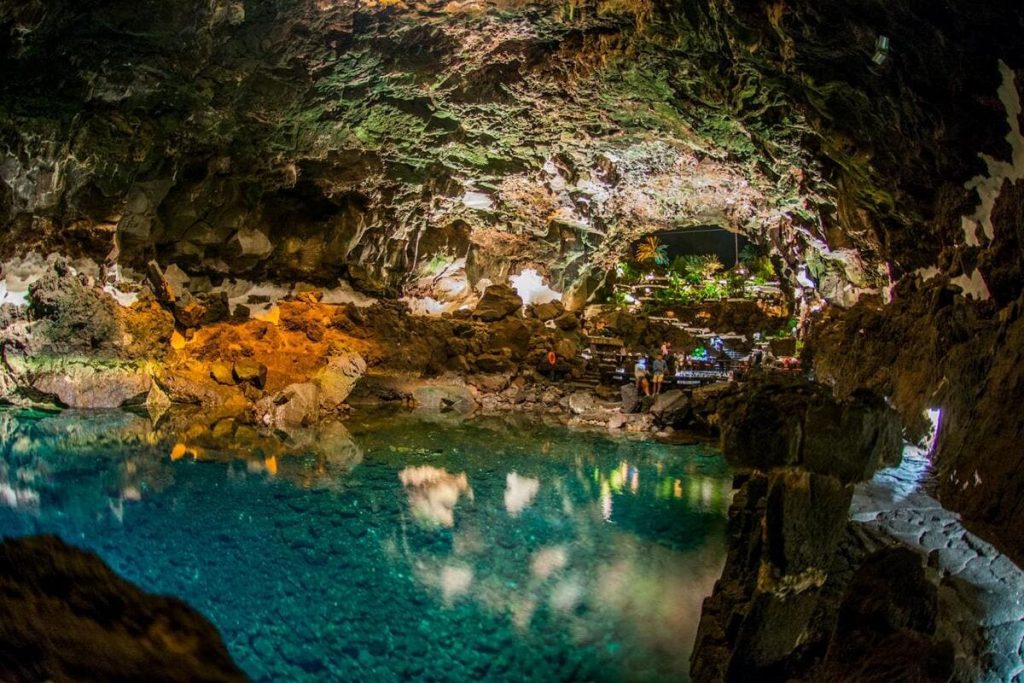
Architectural intervention
In 1968 the artist César Manrique, due to the abandonment of the environment, carried out a special intervention based on the natural space itself, with the aim of offering visitors a space for the contemplation of nature that had hardly been intervened by man and to show the harmony between nature and artistic creation.
This artist 's great creativity and passion for his land led him to create a series of unique architectural spaces, scattered all over the island, from the elements that nature generously provided him with.
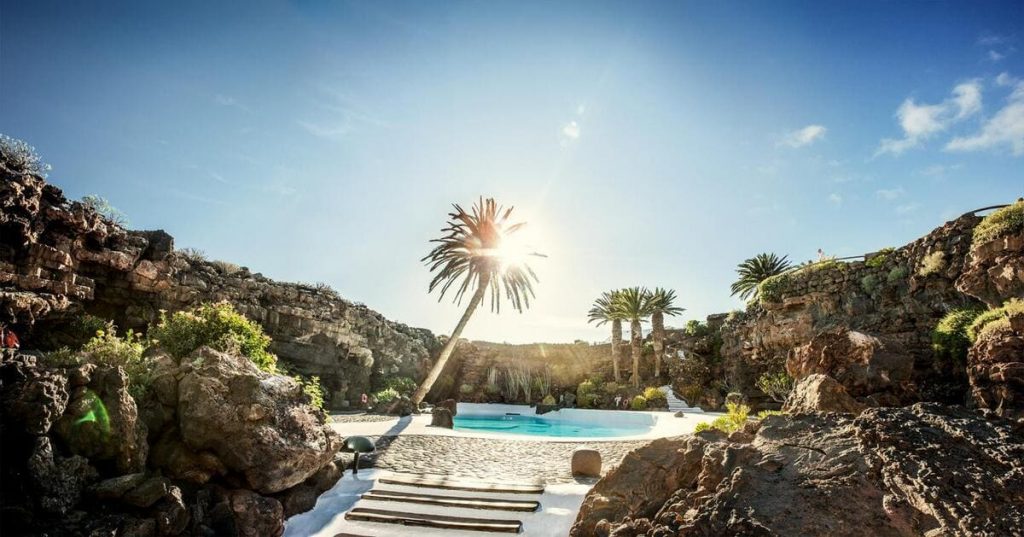
For the Jameos del Agua, Manrique looked at the volcanic tunnel that had originated after the eruption of the Corona Volcano and chose the segments closest to the coast to create this space. The artist designed an auditorium, built inside the cavern itself, which takes advantage of the sonority of the volcanic grotto, as well as the rest of the space, a palm garden with an artificial lake and a museum dedicated to volcanoes.
A unique species in the world
From an ecological point of view, the Jameos del Agua are of great importance. These caves are home to a species of small, white crustacean, endemic to the island of Lanzarote, which is currently in danger of extinction.
The Jameos blind crab or jameito is considered by the Government of the Canary Islands as a natural symbol of the island of Lanzarote.
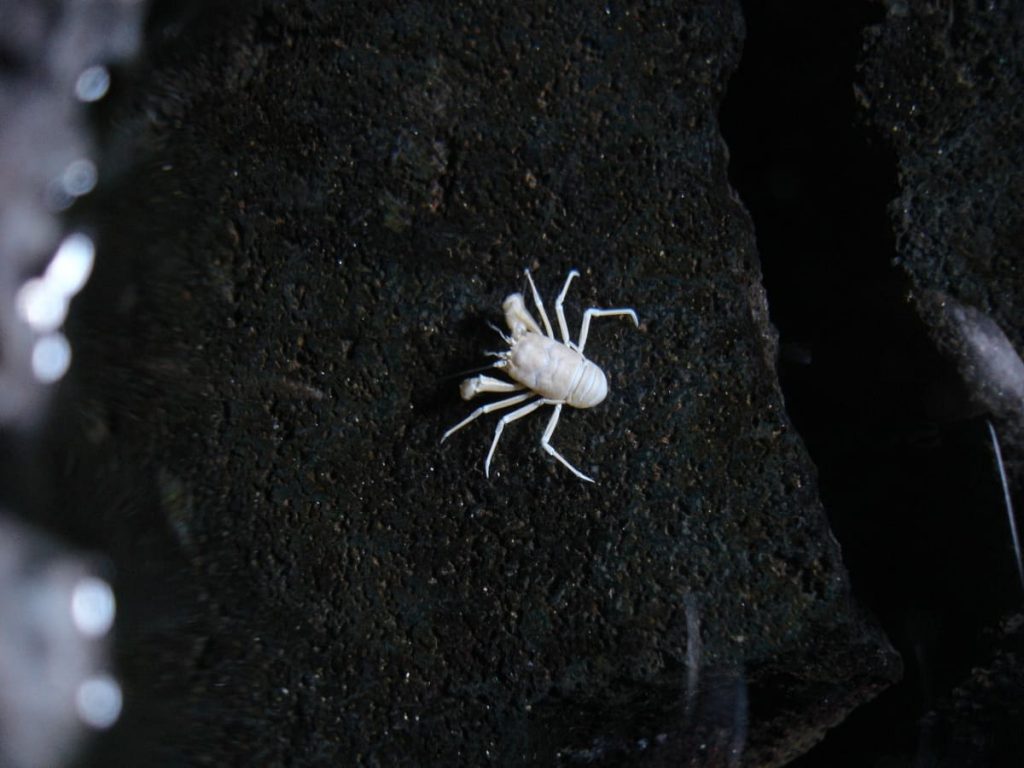
The Jameos del Agua are therefore the perfect example of the combination of art and nature. Other places of extraordinary beauty that are worth visiting are the Fire Mountains, the Cave of the Greens, the Cactus Garden, the Monument to the Peasant and the Mirador del Río. In the following link we leave you an article with several essential places to visit if you are planning a trip to Lanzarote.
Paula Vera
Photos: holaislascanarias.com
